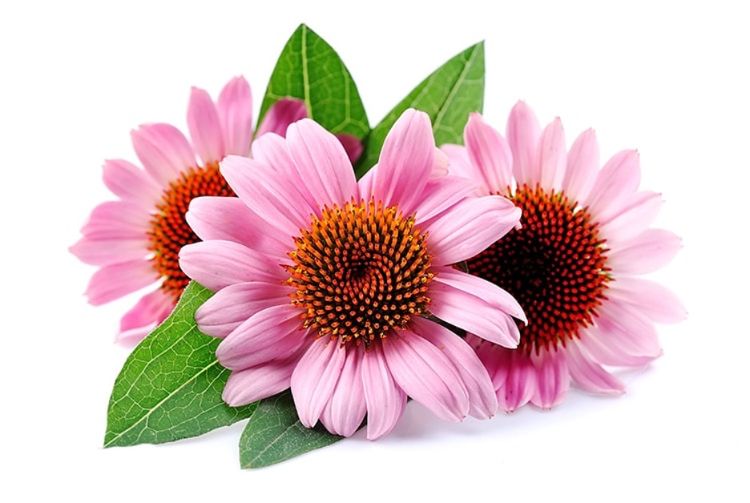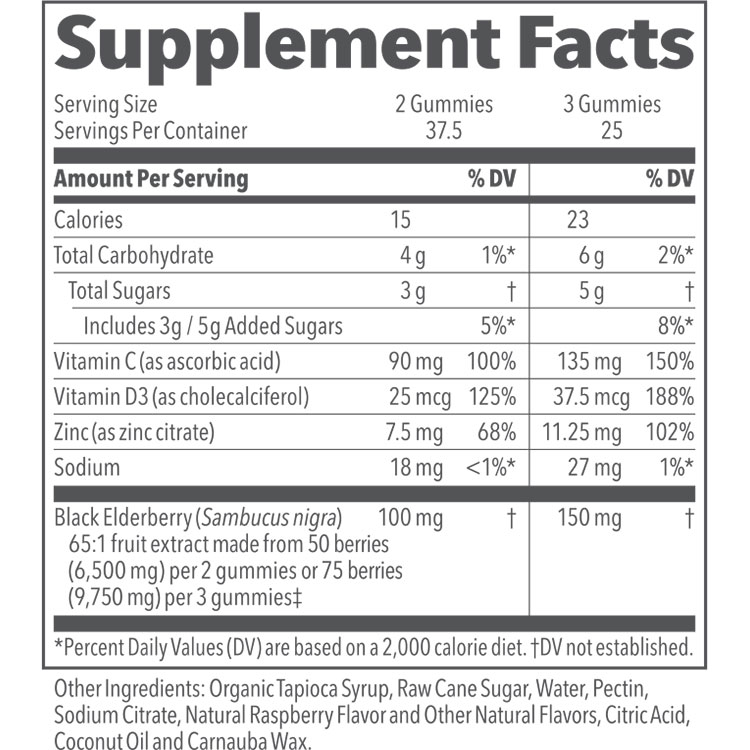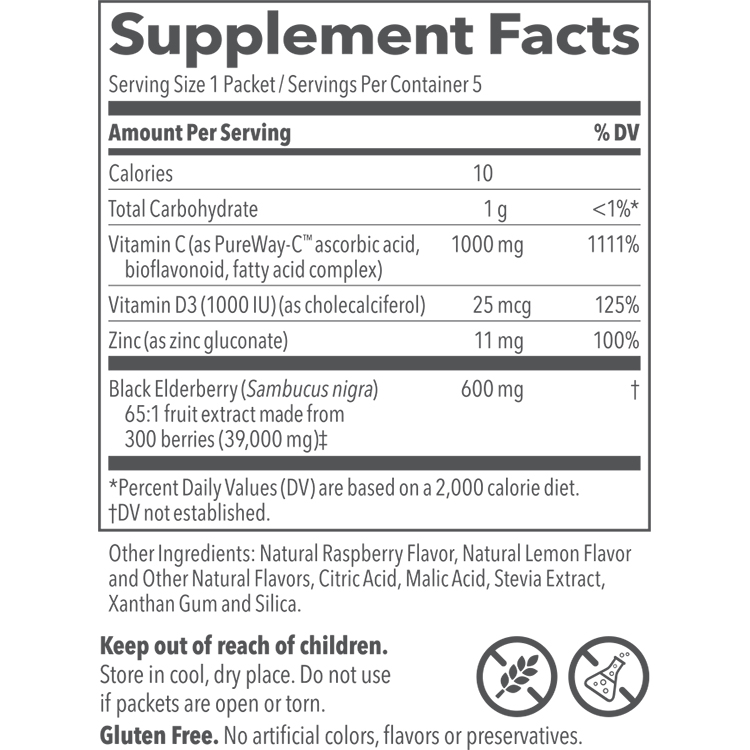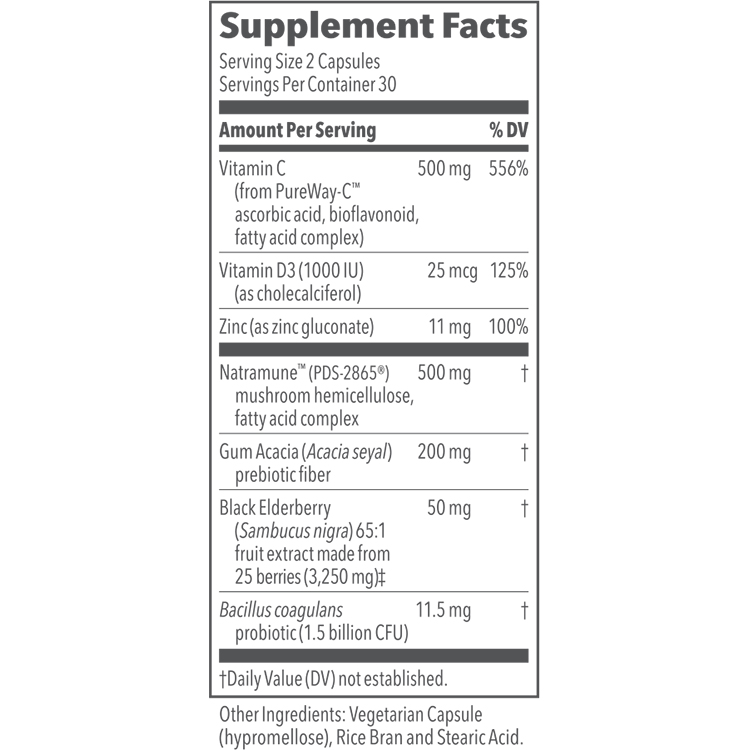BACKGROUND
Ingredient Type: Botanical, Extract
Also Known As: Echinacea purpurea, Echinacea angustifolia, Eastern purple, Eastern purple coneflower, Purple coneflower

There are many (up to 10 have been reported) species of echinacea, however, there are three that are most commonly cultivated in gardens and used in medicine making. Echinacea purpurea, Echinacea angustifolia, and Echinacea pallida all vary slightly in the active constituents, and both the aerial parts and roots are used in all species. Not only are many species varieties available, but different combinations of plant parts extract varying degrees of active constituents. The presence of different active components yields different potential uses. One study compared three different hydroethanolic extracts of echinacea containing A; E. purpurea roots, another B; containing roots, leaves flowers and seeds of E. purpurea, and a final extract C; containing aerial parts and roots of E. purpurea and roots of E. angustifolia. Among other things, this study concluded that only extract B showed anti-inflammatory effects. Making researchers believe that the aerial parts of E. purpurea were responsible for this action and that the effects were potentially concealed by the predominant roots of extract C (1). However, all three samples provided an observed hypoglycemic potential. For these reasons, it is important to note which action is desired from the herb in order to dose properly.
TRADITIONAL USES
Echinacea, or cone flower, is native to North America and was employed by many indigenous tribes for hundreds of years. It is known to have been used as an antiseptic in animal or insect bites, wounds, communicable diseases, and also as pain relief by chewing on the roots for toothache and sore throat. Early immigrants to the United States quickly adopted the herbal remedy. Dr. H.C.F. Meyer learned of its applications from Omaha natives and began to market a product containing echinacea extract in 1880 and was marketed as Meyer’s Blood Purifier. From then on, popularity surged, and cultivation began in Europe. Scientists in Germany showed particular interest at the turn of the century. Many research studies were conducted, proving immune boosting properties by increasing white blood cell count. Since then, hundreds of research studies have been performed on various properties of echinacea (1).
WHAT DOES SCIENCE TELL US?
Echinacea Might Support Immune Function:
There are many ways in which Echinacea has been studied to alter the immune system. Most notably, the increase in white blood cells and the function of phagocytes. Phagocytes are types of blood cells that engulf foreign and pathogenic material in our bodies. The communication between these cells helps increase their activity and can, therefore, increase pathogen elimination. One study was able to assess the increase in these chemical signals and the subsequent decreased bacterial load (2). It has also been found that taking oral echinacea extract for seven days increased the number of circulating white blood cells (3). In addition, this study compared the root extract of three different species; E. angustifolia, E. pallida, and E. purpurea. There were no significant differences found among white blood cell increase between plant species extracts. These studies show us that even if the bacteria itself is not susceptible to being killed by components of Echinacea, the stimulation of our immune system provided by taking it can help us better fight off any infection. The stimulation of immune cells can be activated in such a way that echinacea can even be thought to inhibit tumor growth.
One of the more traditional uses of echinacea species has been to help prevent and subdue symptoms and duration of the flu and common cold. Both of these frequent, yet potentially debilitating conditions are caused by viruses. Among the most common offenders are the Influenza viruses, rhinovirus, herpes virus and coronavirus. Luckily, Echinacea has been shown to protect cells from infection by these viruses (4). One study compared E. purpurea aerial and root portions as well as E. angustifolia root. The aerial part of E. purpurea showed the most antiviral effect, however other studies have shown that aerial parts from other echinacea species performed as well in anti-viral action (5).
Westerners have taken echinacea prophylactically for many years, especially during cold and flu season in hopes of preventing illness. In order to test the safety of long-term use, one large study was done to evaluate whether or not this is beneficial. The results not only demonstrated that long term use of E. purpurea was safe, but also that the group taking the echinacea extract had less than half of the incidence of viral illness as the placebo group (6). The symptoms experienced during the viral illness are mainly of inflammatory nature, due to the immune response to virally infected cells. Echinacea has been shown to decrease many of these immune-mediated inflammation signals, showing increased potential in treating viral illness (7).
While stimulating the immune system to fight off infection is a great way to combat bacteria, taking a plant extract that kills on contact is arguably more efficient. Aiding your body’s immune system with bactericidal action can help prevent bacteria from entering cells and leading to a more severe infection. There is a great deal of research that has been done to evaluate which bacteria are susceptible to the anti-bacterial action of echinacea. Streptococcus pyogenes, Hemophilus influenzae, and Legionella pneumophila are some of the more common bacterial strains that appear in the respiratory tract and can cause severe, even life-threatening illness. These bacteria, among many others, were shown to be inhibited in the presence of echinacea to varying degrees (8). It is near impossible to know whether or not every strain of any given bacteria will be susceptible to echinacea, however by decreasing inflammatory and pathogenic cell signaling from infected cells will aid in the treatment of such infections.
Echinacea Possibly Helps Reduce Inflammation:
The same components that downregulate the inflammation signals of the immune system in regard to bacterial and viral illness are also responsible for echinacea’s application in insect stings and bites. These signals produced by the immune system are called cytokines. While cytokines are a defense mechanism, their effects are typically rather uncomfortable. Swelling, heat, pain, and redness are common signs associated with a cytokine response. One study showed that 20 different cytokines secreted from bacterially infected cells were reversed, inhibiting the inflammation. Even in cells that were infected with bacteria not susceptible to echinacea, the inflammatory response was reversed (9). This shows that in times of acute inflammation, such as a bug bite or sore throat, taking echinacea can help alleviate the associated pain and swelling.
SAFETY
Interactions:
Long term use, at least four months, of Echinacea has been shown as safe and even demonstrated to be therapeutically beneficial (6). Few reports have been made of echinacea allergy, but the plant and its extracts should not be taken by those who are allergic.
Side-Effects:
In 2016, a study showed no adverse effects when echinacea was used in pregnant mothers (10). As one of the most widely used herbal medicines in the western world, this study was important in showing that there are little to no risk of fetus malformation when taken during pregnancy.
REFERENCES
- Aarland RC, Bañuelos-Hernández AE, Fragoso-Serrano M, et al. Studies on phytochemical, antioxidant, anti-inflammatory, hypoglycaemic and antiproliferative activities of Echinacea purpurea and Echinacea angustifolia extracts. Pharmaceutical Biology. 2017;55(1):649-656. doi:10.1080/13880209.2016.1265989
- Sullivan AM, Laba JG, Moore JA & Lee TDG. Echinacea-Induced Macrophage Activation. Immunopharmacology and Immunotoxicology. 2008;30:3, 553-574. doi:10.1080/08923970802135534.
- Zhai Z, Liu Y, Wu L, et al. Enhancement of innate and adaptive immune functions by multiple Echinacea species. J Med Food. 2007;10(3):423-34. doi:10.1089/jmf.2006.257
- Hudson J & Vimalanathan S. Echinacea—A Source of Potent Antivirals for Respiratory Virus Infections. Pharmaceuticals. 2011 Jul; 4(7): 1019–1031. doi:10.3390/ph4071019
- Schneider S, Reichling J, Stintzing FC, Messerschmidt S, Meyer U, Schnitzler P. Anti-herpetic properties of hydroalcoholic extracts and pressed juice from Echinacea pallida. Planta Medica. 2010;76(3):265-272. doi:10.1055/s-0029-1186137
- M. Jawad, R. Schoop, A. Suter, P. Klein, R. Eccles. Safety and Efficacy Profile of Echinacea purpurea to Prevent Common Cold Episodes: A Randomized, Double-Blind, Placebo-Controlled Trial. Evidence-Based Complementary and Alternative Medicine, Vol 2012 (2012). 2012. doi:10.1155/2012/841315.
- Altamirano-Dimas M, Sharma M, Hudson JB. Echinacea and anti-inflammatory cytokine responses: Results of a gene and protein array analysis. Pharmaceutical Biology. 2009;47(6):500-508. doi:10.1080/13880200902839525.
- Hudson JB. Applications of the phytomedicine Echinacea purpurea (Purple Coneflower) in infectious diseases. J Biomed Biotechnol. 2012;769896. doi:10.1155/2012/769896
- S.M. Sharma, M. Anderson, S.R. Schoop, J.B. Hudson. Bactericidal and anti-inflammatory properties of a standardized Echinacea extract (Echinaforce®): Dual actions against respiratory bacteria. Phytomedicine. 2010 Jul;17(8-9):563-8. doi:10.1016/j.phymed.2009.10.022.
- Heitmann K, Havnen GC, Holst L, Nordeng H. Pregnancy outcomes after prenatal exposure to echinacea: the Norwegian Mother and Child Cohort Study. European Journal Of Clinical Pharmacology. 2016;72(5):623-630. doi:10.1007/s00228-016-2021-5.




